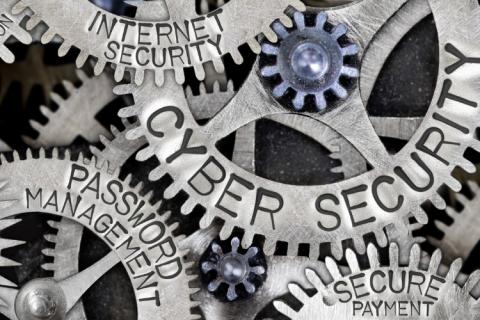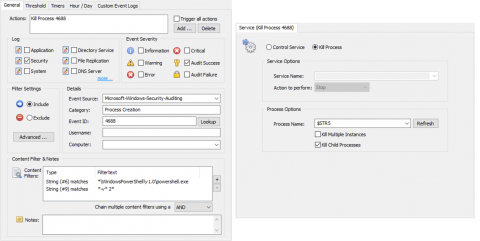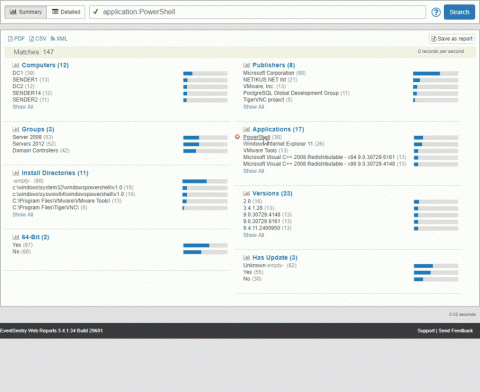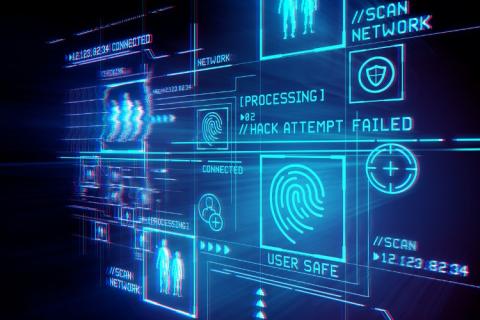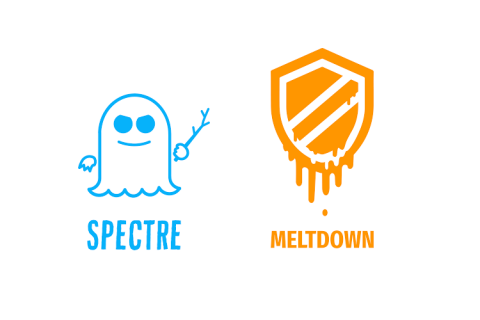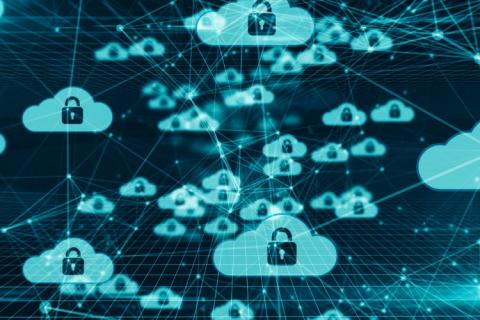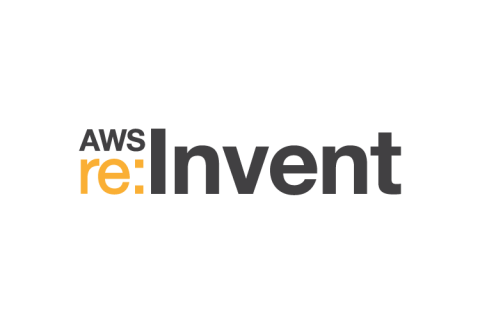Ransomware attackers and victims fall victim to ransom theft
Recently, there has been a string of attacks affecting some ransomware victims who pay their ransom in an attempt to regain access to their encrypted data. These ransom payments are being intercepted by a third party, ironcally turning the ransomware attackers into the second victim. As a result, the original ransomware victims are victimized a second time, as they won’t get their data back since the ransomware attackers never receive the ransom money.




